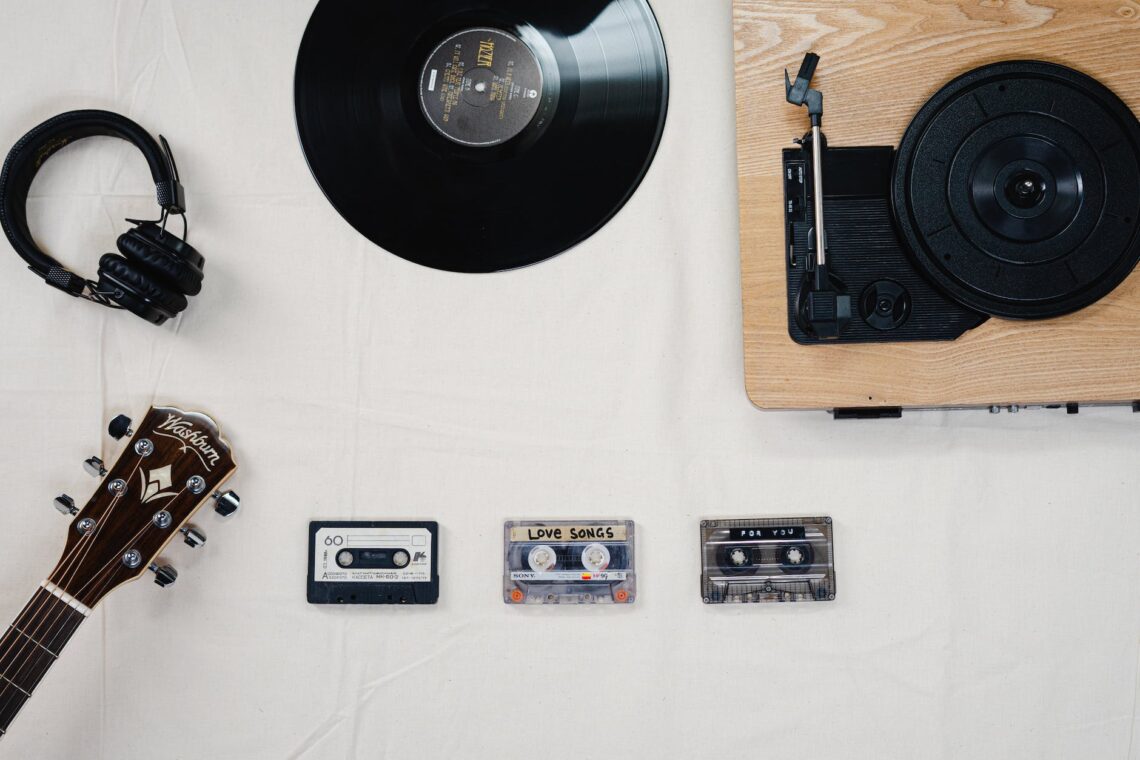In the world of songwriting, there isn’t a definitive ‘right’ path—each artist’s journey is as unique as their fingerprints. Yet, some elements remain consistent. This is a five-step guide that I personally follow in my journey of crafting songs. I hope sharing these steps will provide insight and inspiration for your creative process.
 | Step 1: Finding Inspiration Inspiration can strike anywhere, anytime—it’s an elusive and ethereal guest. Whether it’s a lingering line of poetry, the strumming pattern of a guitar, a striking piece of art, or even the stillness of the early morning, inspiration knows no boundaries. Nature, literature, and personal experiences have always been rich sources. Remember, the key is to be observant and receptive and always have a way to capture your ideas when they arrive. Read more here. |
 | Step 2: Creating Melody With an idea in mind, I usually start to create a melody. Crafting the melody is akin to shaping the skeleton of your song—it provides structure, around which other elements will revolve. I often start with a simple hum or a tune on my guitar. A catchy, emotive melody can connect your song with the listener on an intuitive level. Techniques such as motif development, interval jumps, repetition, and contrast can be instrumental in this process. Read more here. |
 | Step 3: Lyric-Writing Once I have a melody that resonates, I progress to penning the lyrics. This is where your song gets its voice, its story. It’s essential to express genuine emotion and maintain clarity in your storytelling. The words should flow naturally with the melody, and vice versa. Sometimes, a lyrical phrase might even inspire a change in the melody—flexibility is vital in this creative dance. Read more here. |
 | Step 4: The Arrangement Next comes arranging the song—essentially determining its overall structure. Here’s where you decide the placement of verses, choruses, bridges, and instrumental breaks. A well-structured song can engage the listener, building anticipation and delivering satisfaction. Remember, creativity is not confined by rules, but understanding common song structures can provide a useful starting point. Read more here. |
 | Step 5: Iteration and Feedback The final step is iterative—reviewing, revising, and refining. Songwriting is a process, not a one-time event. You’ll likely go through several versions of your song before it feels ‘right’. Soliciting feedback from trusted peers can be a powerful tool in this stage. Yet, it’s equally important to trust your instincts—after all, it’s your creative vision at the core of the song. Read more here. |
And there you have it—a glimpse into my personal journey of songwriting. It’s a path filled with creativity, discovery, and learning. Remember, the real magic of songwriting lies not in the destination but in the journey itself.
Oh! And if you haven’t already, please sign up for the newsletter!
